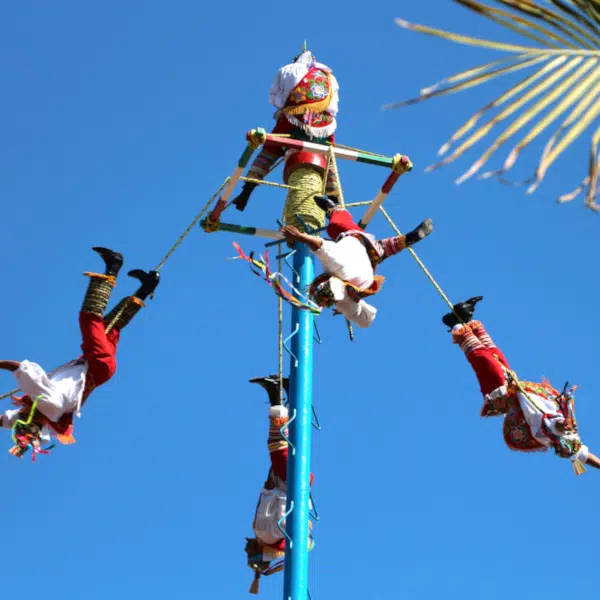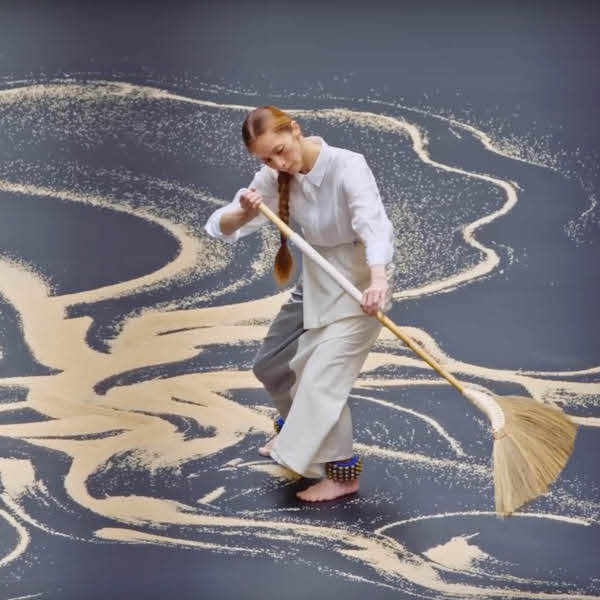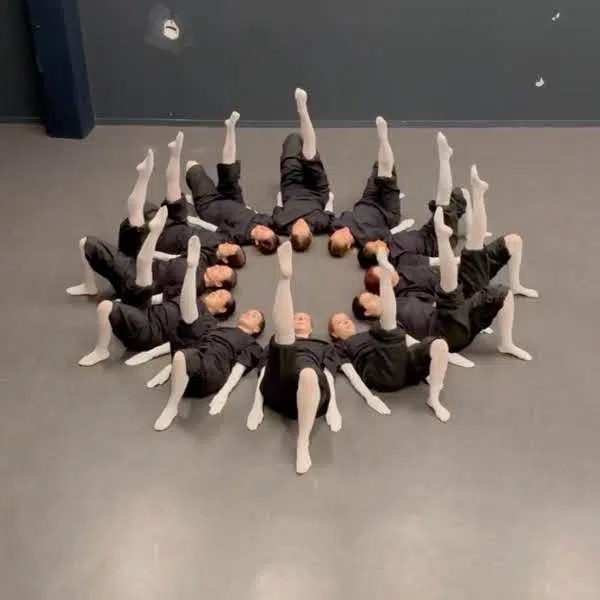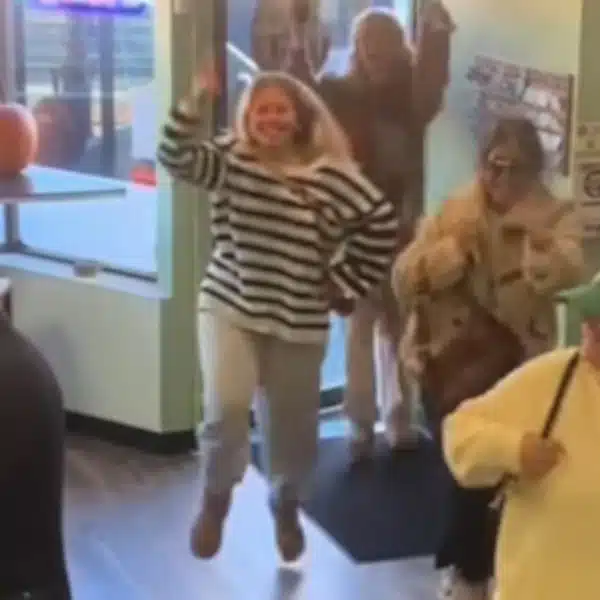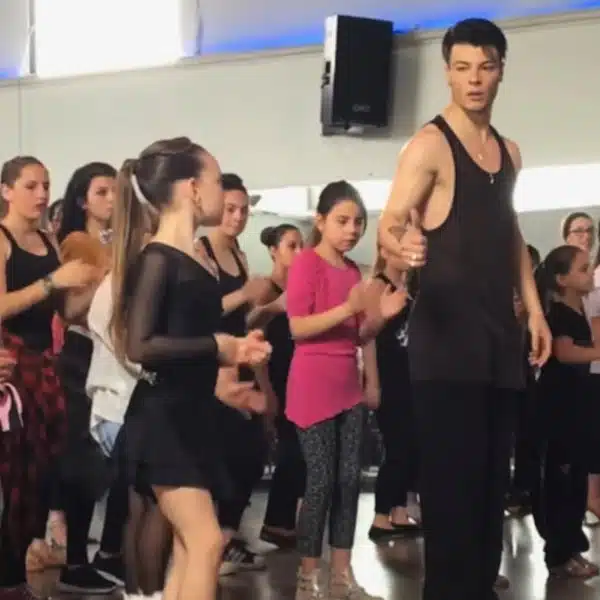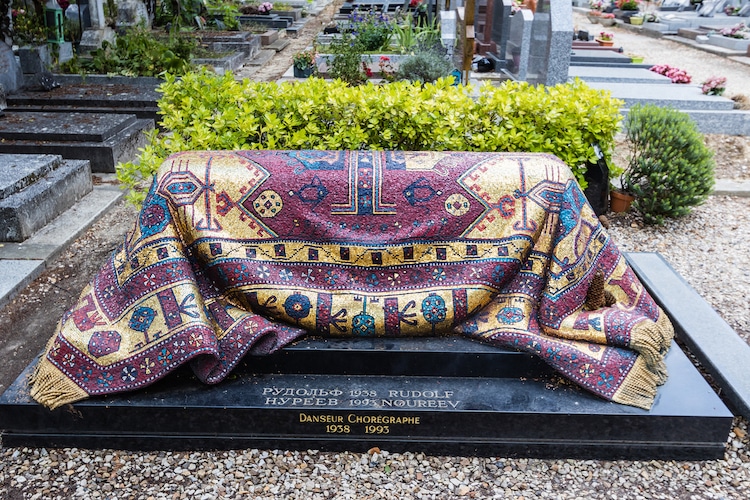
Photo: unnaugan/Depositphotos
As an avid collector of antiques and textiles, it only makes sense that renowned ballet dancer Rudolf Nureyev‘s tomb reflects his taste. Located in the Sainte-Geneviève-des-Bois cemetery in the suburbs of Paris, Nureyev's tomb is draped with a realistic mosaic of an oriental kilim rug. Created by set designer Ezio Frigerio, who often collaborated with Nureyev, the tomb is a beautiful visual expression of the dancer's remarkable life.
Nureyev was born into a Tartar Muslim family in 1938 near Siberia. He fell in love with ballet at age six when his mother took him and his three older sisters to a performance of Song of the Crane. His love of dance was solidified in school, where he performed folk dances. Teachers quickly noticed his abilities and encouraged him to train in a larger city. Though his father, who belonged to the military, forbade him from dancing, his mother encouraged him to pursue his dreams.
While World War II disrupted his plans, Nureyev went on to study at the Vaganova Academy of Russian Ballet of Leningrad. In the late 1950s, Nureyev earned a reputation as one of the Soviet Union's top male ballet dancers. He quickly became known not only for his skill but his modern interpretations of classical ballets. This willingness to break boundaries made him popular, but his non-conformist attitude also concerned the government.
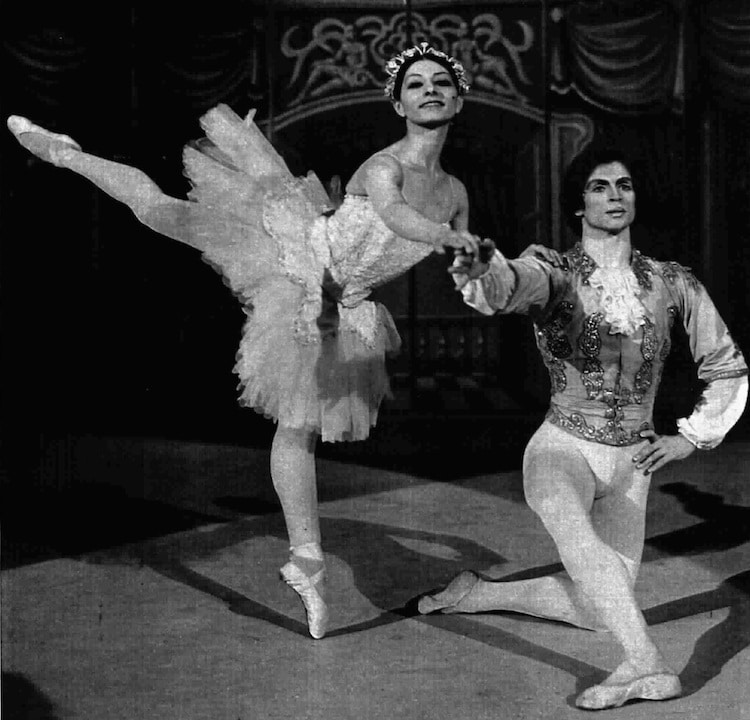
Rudolf Nureyev and Liliana Cosi dancing in 1972. (Photo: Unknown authorUnknown author, Public domain, via Wikimedia Commons)
In 1961, Nureyev was allowed to travel to Paris with his company, the Kirov Ballet, for their first international tour. Though government officials were nervous about allowing him to leave the country, French tour organizers put pressure on them to bring their top dancer on the trip. Though he was closely monitored by the KGB, Nureyev did defect during the Paris trip. In fact, he was the first artist to defect during the Cold War, causing a sensation. Eventually, in 1982, he was granted Austrian citizenship, putting to end two decades of statelessness.
By leaving the Soviet Union behind, Nureyev was allowed the creative freedom to grow. He became the principal dancer at The Royal Ballet and worked extensively with the American Ballet and National Ballet of Canada. For most of the 1980s, he was the director of the Paris Opera Ballet. He continued his work there until 1989, even as he became increasingly ill.
In 1984, Nureyev tested HIV positive. At the time, medical treatment was limited and, eventually, he developed AIDS. Though he continued to work, his diminished health would take a toll. In 1993, after several stays in the hospital, he passed away from AIDS complications.
His tomb then became a visual representation of the opulence that the dancer surrounded himself with. Revealed in 1996, the memorial has become one of the most visited sites in the cemetery.
A beautiful tomb in a cemetery outside Paris has a realistic mosaic of a rug draped over it.
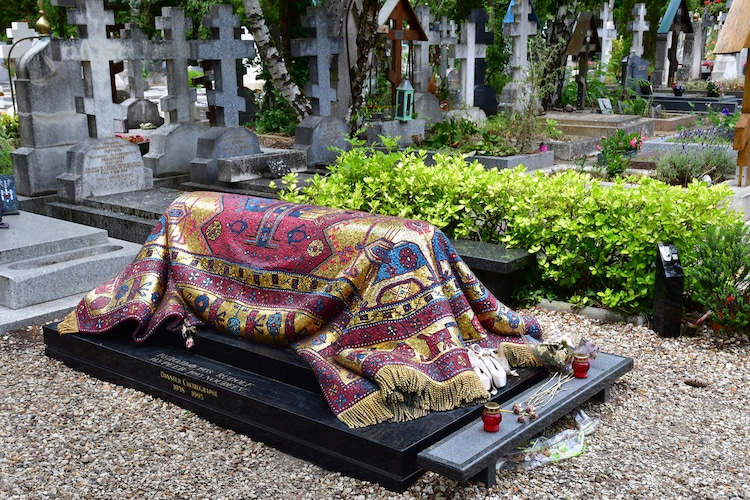
Photo: packshot/Depositphotos
The memorial commemorates renowned ballet dancer Rudolf Nureyev.
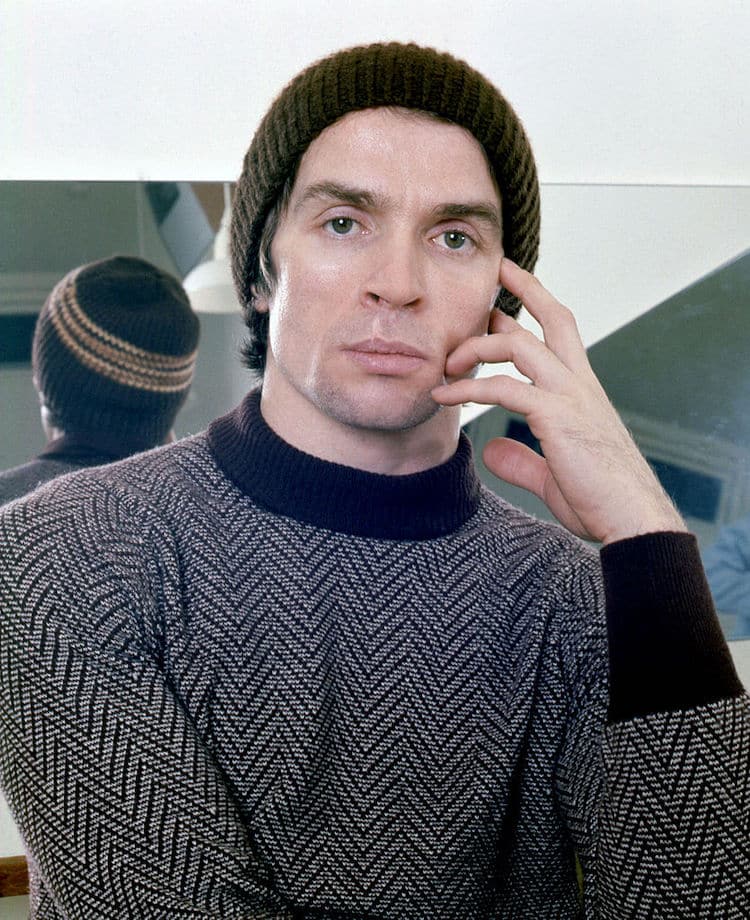
Rudolf Nureyev in 1973. (Photo: Allan Warren, CC BY-SA 3.0, via Wikimedia Commons)
Nureyev was an avid collector of antiques and textiles, making the grave a perfect way to honor his life.
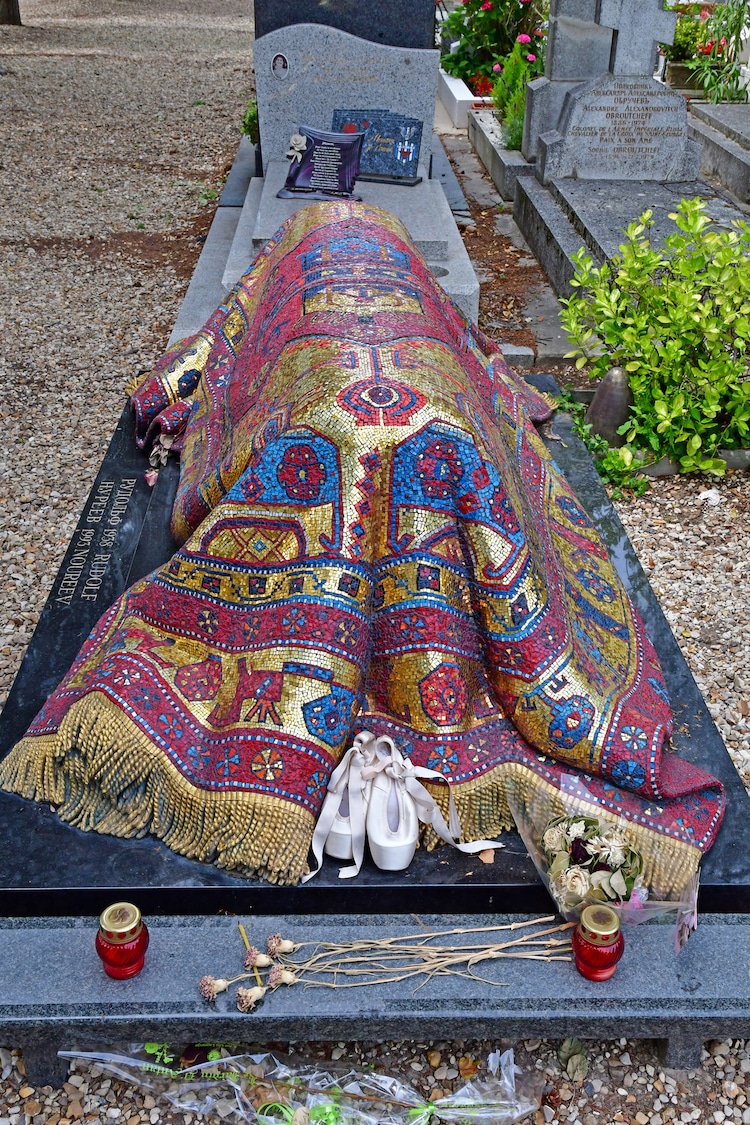
Photo: packshot/Depositphotos
Related Articles:
A Brief History of Ballet From European Courts to Modern Dance
Ballerina Olga Smirnova Leaves Bolshoi Ballet After Denouncing War in Ukraine
Authors Share Their Insights Into the Rich History of the Dance Theatre of Harlem
How Famed Ballet Dancer Mikhail Baryshnikov Leapt Into Hearts Around the World















































































